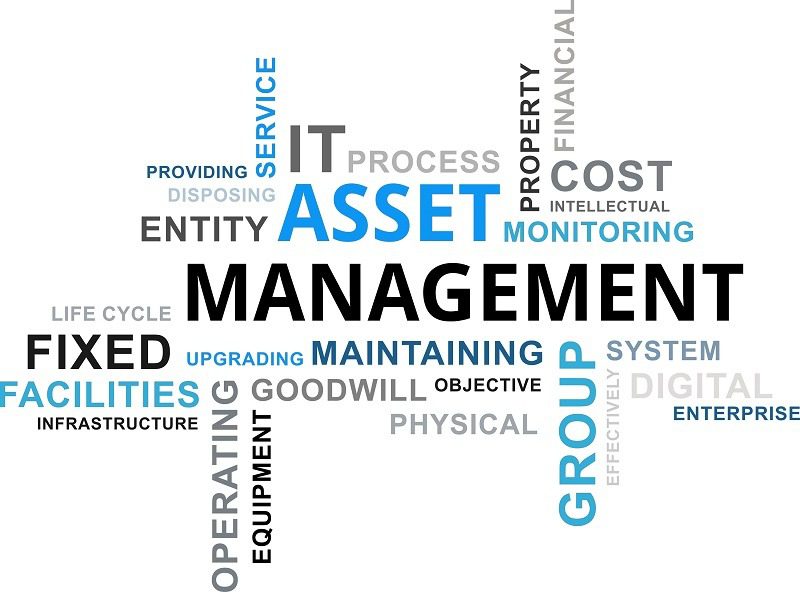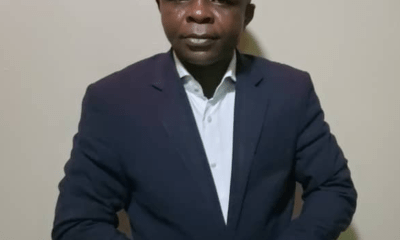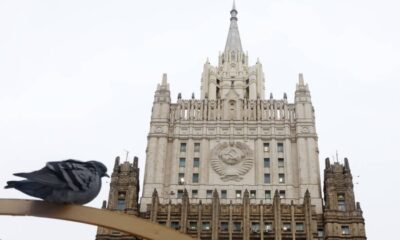Economic Issues
Fixed Asset Management (FAM) In The Public Sector -By Marie Obiora


In 2016, the Public Sector in Nigeria was encouraged to prepare their accounts based on IPSAS Accruals. Previously, accounts were prepared using the Cash basis of accounting, one of the major differences between Accruals and Cash basis of accounting is the recognition of Non-current Assets (Fixed Assets) in the statement of Financial Position (Balance Sheet).
Under the Cash basis of accounting, Non-current assets are expensed in the year that they are purchased. With the onset of accruals basis of accounting, Non-current assets (NCA) will be capitalized i.e. introduced and recognized in the statement of Financial Position. Fixed Asset Management (FAM) transcends the recording of fixed assets in the financial statements. It’s a process that begins with identifying existing assets in use, then classifying, measuring, recognizing and maintaining them. Maintenance of assets involves adequate measures such as regular servicing and changing of parts when necessary, this prolongs the life of the asset.
The share diversity of Ministries, Departments and Agencies (MDA’s) in government makes Fixed Asset Management very interesting. At the State level, the Office of the Accountant General (OAG) collects information from MDA’s to prepare the accounts of the State. These include information on Fixed Assets. Each MDA has fixed assets that are unique to it e.g. the Ministry Of Health runs Hospitals with complex equipment and machines but some assets such as Computers and Furniture are common to all the MDA’s. Since the introduction of Fixed Assets is new in the Financial Statement of the States, it will be necessary to go through the steps needed to recognize them in the statements.
Identification of Existing Assets: It will be important to first identify assets in use in the various MDA’s. Each MDA should make a list of all Fixed Assets in use. This should not include assets that are old and worn-out and are showing signs of replacement. Assets that are unique to specific MDA’s need to be identified as a separate subclass under the main class of assets e.g. special equipment in hospitals, tractors in Ministry of Agriculture etc.
Classification of Assets: After assets in use have been identified, the next step will be to classify them. IPSAS 17 paragraph 52(2016 edition) (Property, Plant and Equipment), lists the various classes of assets;
- Land
- Operational buildings
- Roads
- Machinery
- Electricity Transmission Networks
- Ships
- Aircraft
- Specialist Military Equipment
- Motor Vehicles
- Furniture and Fittings
- Office Equipment
- Oil Rigs
The National Chart of Accounts (NCOA) has listed assets that come under these classes and MDA’S can easily allocate their assets based on the various classes and account numbers in the NCOA, e.g. tables and chairs come under Furniture and Fittings. Those unique assets for example in the Ministry of Health will come under Office equipment and will be best classified as a subclass e.g. X-Ray equipment because some of these equipment are very expensive to purchase and maintain.
Measurement of assets: IPSAS 33 paragraph 64, allows a first time adopter of fixed assets to use Deemed cost which is the fair value of the asset, if reliable cost information is not available. If however information on the cost is available, then the cost at acquisition can be used. Assets can be measured using either the cost model or revaluation model. It will be necessary to state which model has been adopted.
Recognition of assets: Non-current assets are recognized in the statement of Financial Position, if the cost model is used, they will be recognized at cost less accumulated depreciation less any impairment.
Depreciation: Non-current assets are depreciated over their useful life. First the useful life of an asset will have to be estimated. Estimates involve professional judgment based on the latest available reliable information, since Non-current assets are being reported on for the first time; this may require some research especially for specialized equipment. The residual value of the asset will also have to be estimated, IPSAS 17 paragraph 67 states that the useful life and residual value of Noncurrent assets should be reviewed annually.
Repair and Maintenance: It is necessary to repair Noncurrent assets whenever the need arises and to maintain them which includes servicing them as and when due. This will ensure that they live up to their expected useful life. IPSAS 17 paragraph 68 states that, “where asset management policies exacerbate the wear and tear of an asset, its useful life should be reassessed and adjusted accordingly”. Each MDA will have to come up with adequate maintenance budgets in order to ensure that assets are kept in good working condition.
Benefits of good asset management policy: When assets are well managed, they last as long as they were intended to and may still be useful after their estimated useful life is over. They also provide the service for which they were purchased or constructed for and aid in the delivery of efficient services by MDA’s. The public sector is in the business of providing services to the public, most of these services are provided using fixed assets, it is therefore important that these assets are well maintained and always in good working condition. Some Ministries more than others buttress this fact e.g. the Ministry of Health, if Hospitals are equipped with state of the art , well maintained assets that diagnose diseases and help in curing them, lives will be saved and the quality of life of the public will greatly improve. The same can be said for the Ministries of Education both Basic and Higher, well maintained classroom blocks, libraries and furniture (desks and tables) will greatly improve the quality of education received by children.




















